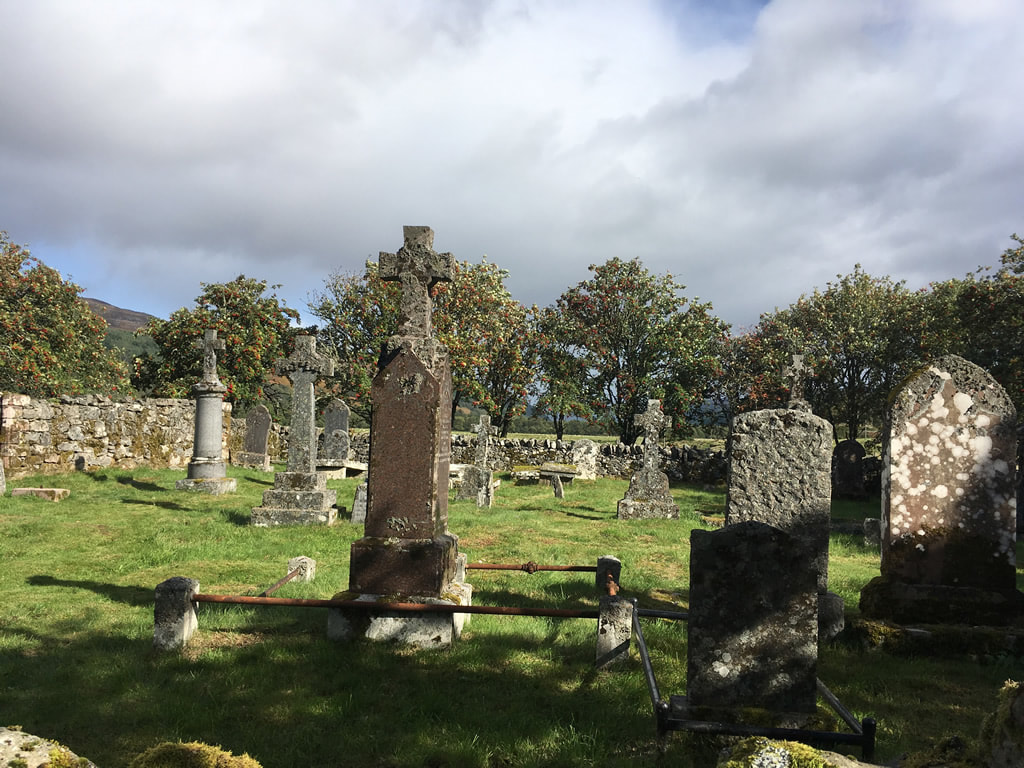History of Marydale Church
Our Lady and St Bean’s Church, Marydale was completed, according to the date on the original drainpipes (still in place), in 1866. The architect was Joseph Hansom, also associated with the hansom cab.
The priest, Father Colin Grant lived at Glassburn during the building works, and “sold off his cows and some furniture, and all the farm things” to meet the cost of the buildings, although he could not stretch to a new bell before the Solemn Blessing (12th May, 1868). Colin Grant was consecrated Bishop of Aberdeen in 1889 and died six weeks later. The school, which opened a few years later, was very successful and numbers reduced by the clearances were boosted by Irish immigrants building the hydro-electric dams and the power station in Glen Cannich and Glen Affric.
St. Bean (also spelt Bain, Beathan and Baithene and pronounced Bane), after whom the Marydale church is named together with Our Lady, was the cousin of St. Columba, succeeding him as Abbot of Iona. Tradition is that he evangelised Strathglass. He gives his name to St. Bean’s spring, which is on the hillside across the road from Clachan Comar, and was, until the mid-twentieth century, the drinking supply for Kerrow, the farm to the west of Clachan Comar.
Clachan Comar

At Clachan Comar, just a short distance from Marydale church, lies a graveyard (clachan is gaelic for graveyard) and the ruins of a 17th century church.
The church was built on the site of an earlier church, perhaps dating back to the 10th century, which was dedicated to St. Bean, and originally known as Kilbeathan, from cil, a monk’s cell, and St. Beathan. Pre-reformation records place it in the parish of Inverness.
Strathglass Heritage Group have an excellent page on the history of Clachan Comar.
